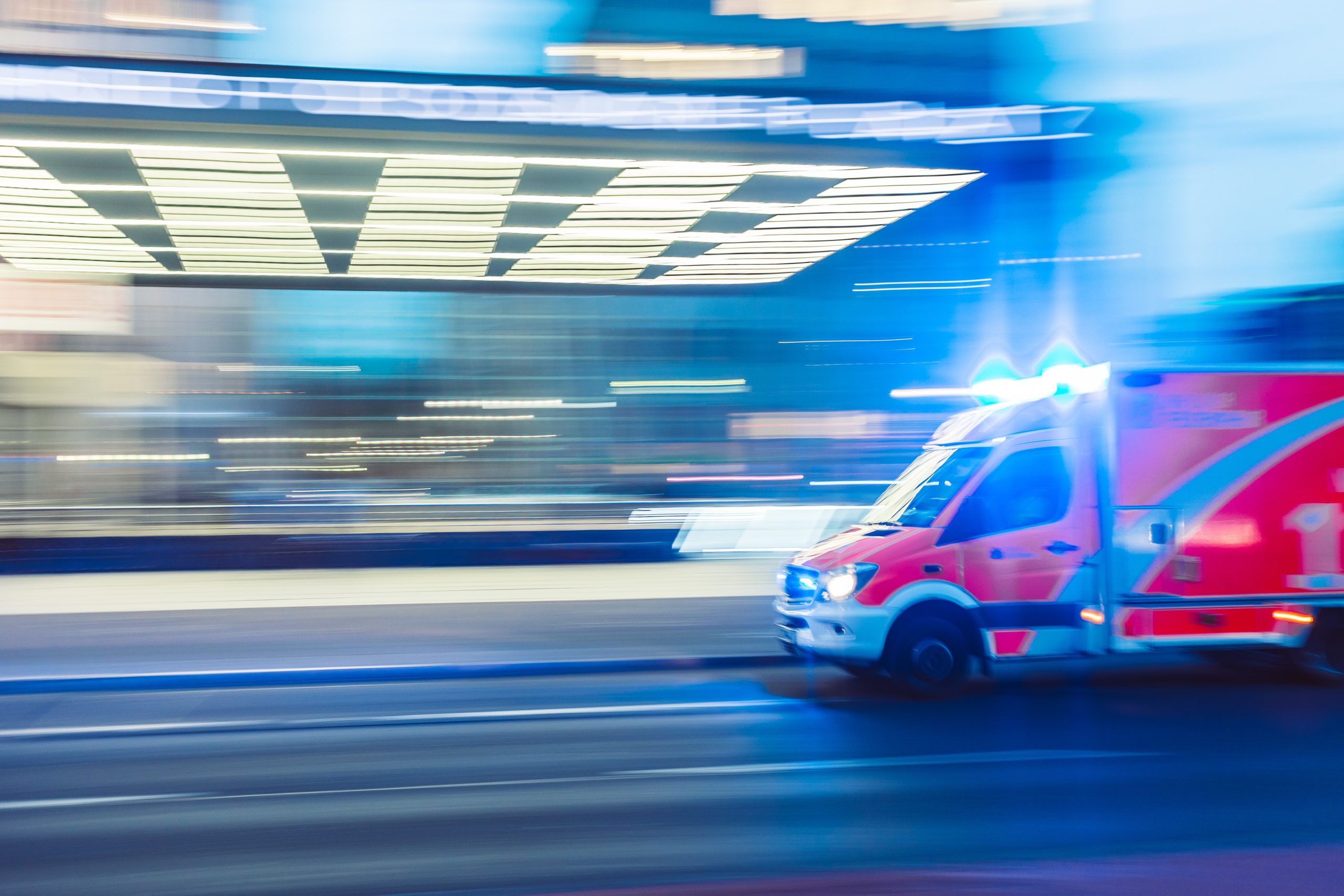Five Steps in a First Aid Emergency
An increasing percentage of the news lately involves accidents, emergencies and catastrophes. Unless actively engaged in a profession or service where you regularly come face to face with emergencies, it’s normal for us to think that bad things won’t happen to us. This is a known psychological bias called ‘personal risk perception‘.
Safety emergencies are relatively infrequent for the average person. Different psychological biases mean that the first time many of us are confronted with a challenge, we’re completely unprepared.
We run CPR and First aid training seminars in California’s San Fransisco Bay Area. A sizeable percentage of our learners are there because they need to get their work certification. It’s heartwarming to see an increasing number of inquiries from people involved in community or social endeavours who want to be ready to look after each other.
Basic Life Saving (BLS) certification needs to be renewed every two years. Once trained, it’s easy to forget gradually and then fail under pressure. This is especially the case for professionals such as childminders or carers who will likely go for two years without needing to use their skills.
The purpose of this article is to remind you about what to do in a first aid situation; what are the main things to consider in a safety emergency?
In a safety emergency, there are several vital things to consider when providing first aid. These include:
- Safety: Before providing any first aid, it’s essential to ensure the area is safe for both the victim and the rescuer. That may involve moving the victim to a safer location or preventing further harm, such as turning off power sources or securing hazards.
- Assessment: Once the area is safe, you should assess the victim’s condition to determine the extent of their injuries or illness. Look for signs of breathing difficulties, bleeding, shock, or other issues requiring immediate attention.
- Call for help: If the victim’s condition is severe or requires medical attention beyond basic first aid, call emergency services immediately.
- Basic first aid: Depending on the situation, basic first aid may involve applying pressure to stop bleeding, administering CPR, providing relief for burns or shock, or stabilizing broken bones.
- Reassurance and monitoring: After providing initial first aid, it’s essential to continue monitoring the victim’s condition and providing comfort as needed until medical help arrives.
As you can see, the first three steps do not involve administering first aid. Making sure that a bad situation does not worsen and calling for help are the two most crucial things you can do in minutes.
Most first-aid incidents involve burns, sprains, and cuts resulting from slips, trips, falls and other absent-minded lapses. Occasionally there are more complex situations, and we can only do our best.
Any first aid or CPR training is better than none, and keeping a steady mind and positive attitude will result in you doing the right things. Stress can sharpen the mind, and as long as you do not panic, you can make a difference in people’s lives – which is an honor.
Remember, the specific steps you should take in a safety emergency will vary depending on the situation and the victim’s condition. It’s important to stay calm, act quickly and safely, and seek help when needed.

